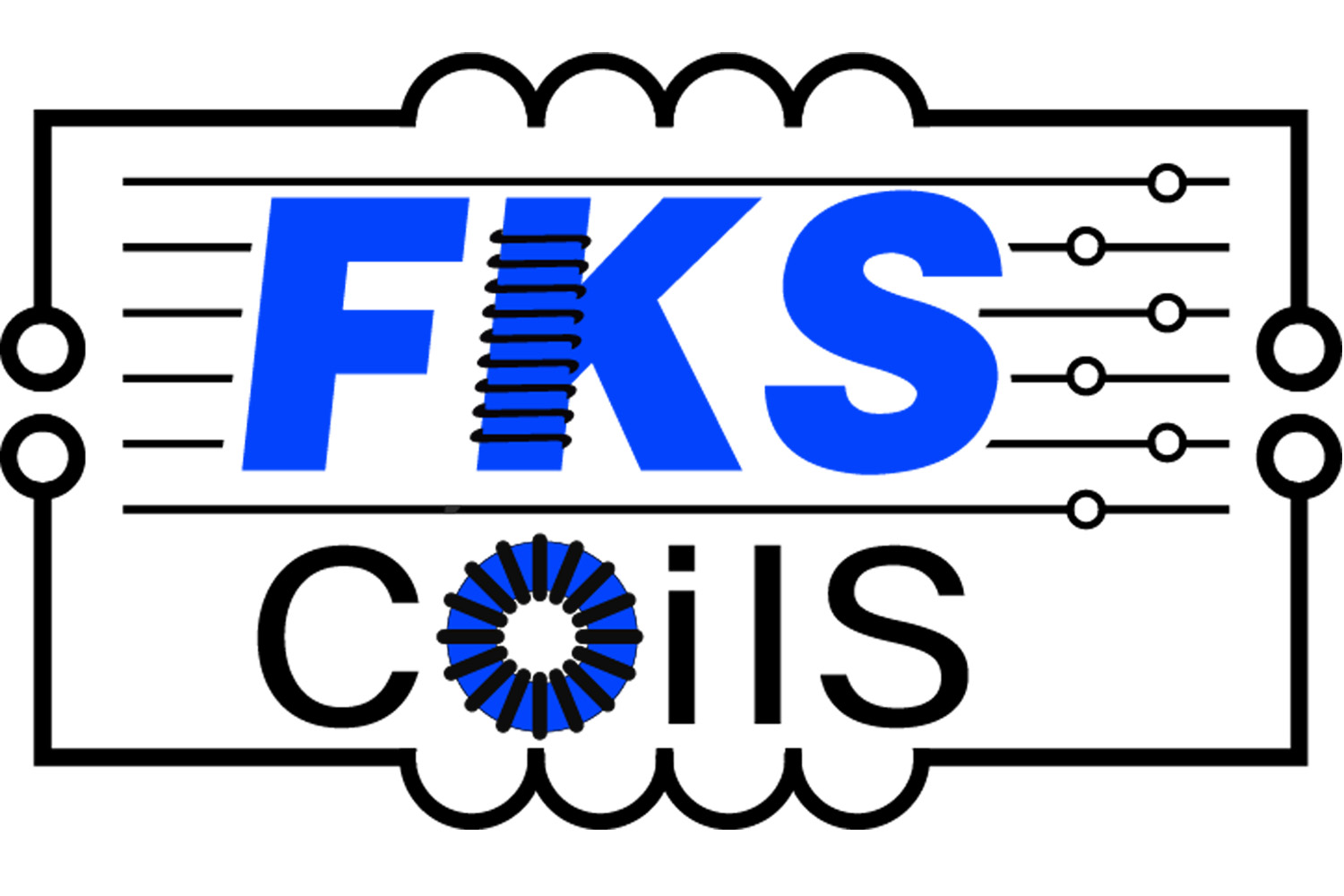 |
Shaanxi FKS Electronic Parts Import & Export Co.,Ltd.Xixian New Area FKS Electronic Technology Co.,Ltd. |
|
||||||
Domestic manufacturers of magnetic components welcome development opportunities
1. Domestic manufacturers of magnetic components welcome development opportunities
(1) Domestic leader in photovoltaic & energy storage magnetic components
The downstream inverter industry has a high degree of concentration, with domestic manufacturers leading the way. The main production sites of all links in the global photovoltaic industry chain are in China. Domestic inverter manufacturers rely on the advantages of cost, complete industrial chain layout, and fast-growing market to continuously increase their global market share. Among them, Huawei and Sungrow have been ranked the top two in the market since 2015. Dulwich College also ushered in rapid development. In 2020, the industry CR10 accounted for nearly 80%. The top two players, Huawei and Sungrow, accounted for 23% and 19% respectively, and CR2 accounted for 42%. In addition, among the top ten other domestic manufacturers, the share of domestic manufacturers was as high as 60%.
The domestic manufacturers of magnetic components upstream of the inverter are also in a leading position, and the leading companies include Jingquanhua, Haiguang Electronics, Click, and Igor. Each magnetic component manufacturer has its own focus on customers and products, and the revenue scale exceeds 1 billion yuan.
(2) Domestic manufacturers of magnetic components in the field of vehicle & charging piles have broad development space
There is a wide space for domestic substitution of vehicle-mounted magnetic parts. Vehicle magnetic parts are mainly used for OBC, DC/DC, INVERTER, BMS, etc. The products include EMI inductors, PFC inductors, BOOST inductors, auxiliary power transformers, drive transformers, main transformers, etc. The main global inductor manufacturers are concentrated in Japan, and the backbone enterprises in the industry include Murata, TDK, Taiyo Yuden, Sumida, Vishay, Coilcraft, Chilisin, Samsung Electro-Mechanics, Wurth, etc. The overall market share of Japanese companies is as high as 49.7%; inductor manufacturers in mainland China account for about 16.1% of the world. Automotive magnetic components are currently monopolized by foreign manufacturers. Domestic Jingquanhua, Click, Haiguang Electronics, etc. have entered the supply chain of many car companies. With the rapid penetration of new energy vehicles, there is a broad space for development.
Domestic magnetic component manufacturers continue to make breakthroughs in the automotive business. Jingquanhua has been engaged in automotive electronics-related business since 2011. In 2018, it established the New Energy Automotive Magnetic Components Division and set up a research laboratory dedicated to the research of automotive electronics technology. , Valeo, KOSTAL and other customer resources. Click entered the Volkswagen supply chain through KOSTAL in 2018, and established a dedicated workshop. By serving Volkswagen's new energy vehicles, it has the supporting service capabilities for international major customers, and thus has obtained Audi, BYD, Hyundai, Great Wall, Xiaopeng, Ideal, NIO, etc. Approval and orders from many new energy vehicle companies. Igor acquired Shenzhen Muci Technology in 2018. The Muci team is mainly engaged in the technology and product development of high-frequency magnetic power devices for electric vehicles & charging piles. At present, one project has completed the customer's exclusive designation.
2. The impact of exchange rate and raw materials has gradually subsided, and the industry is facing an inflection point
Raw material prices have risen since 2020, and raw material prices will fall in 2022. The main raw materials of magnetic components are enameled wires, magnetic cores, silicon steel sheets, etc. The main material of the enameled wire is copper, the main material of the silicon steel sheet is cold-rolled silicon steel, and the magnetic material used in the magnetic core mainly includes several metals such as iron, manganese, zinc, and nickel. Copper prices continued to rise from the lowest point of 36,500/ton in March 2020 to 77,100 yuan in May 2021, and then fluctuated, with a maximum increase of about 111%. The international situation at the beginning of 22 affected copper prices. Copper prices have risen and recently fell back. The price of cold-rolled sheet rose rapidly from the low of 3,700 yuan/ton in May 2020 to 6,000 yuan/ton at the end of 2020, and then fluctuated upwards. From the end of October 2021, the price of cold-rolled steel dropped from the high level of 6,500 yuan/ton. It dropped to about 5,400 yuan/ton in early June.
The USD/RMB exchange rate dropped rapidly from 7.1 in May 2020 to 6.4 in February 2021 and then stabilized. The overseas business of companies in the industry is relatively high, and exchange rate fluctuations have an impact on the performance of companies in the industry.
The depreciation of the RMB, and the stabilization and decline of bulk stocks meet the inflection point. Constrained by rising raw material prices and exchange rate fluctuations, the profitability of companies in the industry is under pressure, and the gross profit margin of domestic representative companies has declined since 2020Q3. In late April 2022, the USD/RMB exchange rate rose rapidly from 6.36, and the current exchange rate is in the range of 6.66. From the perspective of the whole year, as commodity prices stabilize and fall, and the exchange rate gradually recovers, the profitability of companies in the industry is expected to gradually recover, and an inflection point appears.
3. The growth space is huge and the industry is booming. We are optimistic about domestic magnetic component manufacturers
Photovoltaic energy storage, new energy vehicles & charging piles are highly prosperous, and the upstream magnetic component industry follows the rapid development of the industry. At the same time, in the field of electronic transformers, mainland manufacturers accounted for 47%, and inductors accounted for only 16%. . Since 2020, domestic magnetic component manufacturers have been suppressed by exchange rate fluctuations and rising raw material prices, and their profitability has declined. In 2022, as raw material prices stabilize and the exchange rate gradually recovers, the profitability of companies in the industry is expected to gradually improve.
【 Go Back 】 | 【 Print 】 | 【 Close this window 】





